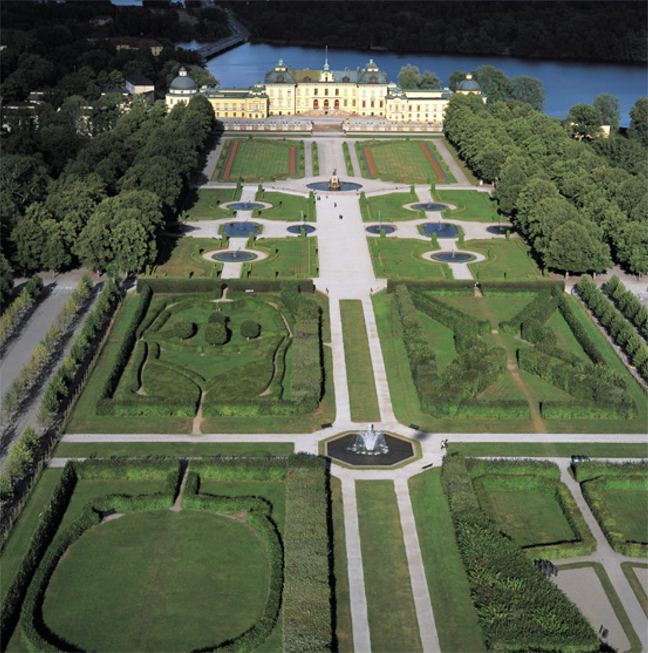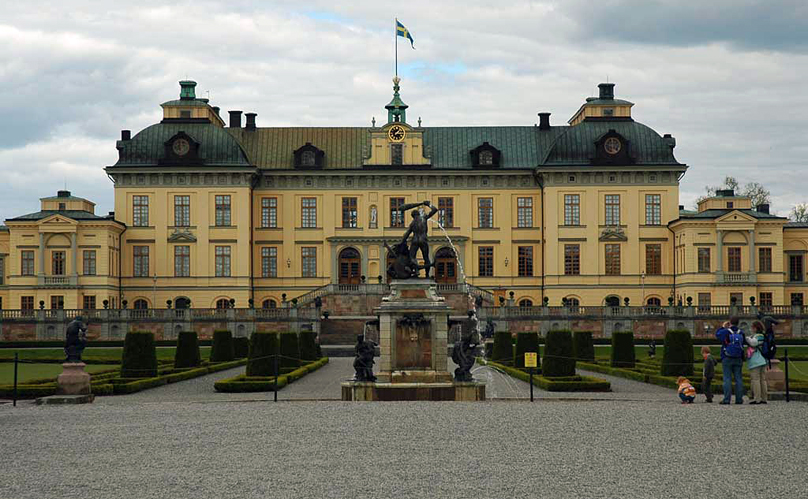King's castle robbed?
Chinese Pavilion at Drottningholm Palace suffers break and entry, but loot uncertain.
-
 Drottningholm Palace. Illustration from 'Victoria & Daniel' magazine. Photo by Jeppe Wikström / Courtesy of Stockholm Visitors Board.
Drottningholm Palace. Illustration from 'Victoria & Daniel' magazine. Photo by Jeppe Wikström / Courtesy of Stockholm Visitors Board. -
-
According to the Stockholm police, a remote alarm was triggered at the pavilion on the morning of August 6 at 2.01am, and police were on the scene 14 minutes later...arriving at the Drottningholm Palace's Chinese Pavilion only six minutes after the royal guards. But the culprits had already fled.
-
 In Stockholm, Södermanland. The private residency of the Swedish royal family, Drottningholm Palace is also a popular tourist attraction. The name Drottningholm (which means Queen’s islet) came from the original building, a stone castle built by King Johan III in 1580 for his wife Katarina Jagellonica. The estate was initially called Torvesund. Hedwig Eleonora bought the castle in 1661 a year after her role as Queen of Sweden had ended. However, the castle burnt down later the same year. Hedwig hired Nicodemus Tessin the Elder to design and rebuild the castle, when he died his son Nicodemus Tessin the Younger completed the work.
In Stockholm, Södermanland. The private residency of the Swedish royal family, Drottningholm Palace is also a popular tourist attraction. The name Drottningholm (which means Queen’s islet) came from the original building, a stone castle built by King Johan III in 1580 for his wife Katarina Jagellonica. The estate was initially called Torvesund. Hedwig Eleonora bought the castle in 1661 a year after her role as Queen of Sweden had ended. However, the castle burnt down later the same year. Hedwig hired Nicodemus Tessin the Elder to design and rebuild the castle, when he died his son Nicodemus Tessin the Younger completed the work. -
-
However, Sweden's King Carl XVI Gustaf and all other Royal Family members were absent that evening. Suspecting for that reason that professionals might have carried out an assigned break and entry mission, officers worked with palace officials in vain to determine if anything was missing.
-
Some glass cabinets that contained figurines were smashed, and spokesmen for the Royal Household said some of those objects might have been taken. The burglars made their getaway by boat, surmised police, who found tracks leading to the water banks from the palace.
-
Constructed in secrecy when King Adolf Fredrik wanted to surprise Queen Lovisa Ulrika with this as a present on their wedding in 1753, Chinese Pavilion is on the UNESCO list of world heritage sites. The interior of the pavilion is an outstanding example of rococo style.
-
-
